It’s no surprise that many people in Vietnam are taking to social media to express their confusion and amusement at receiving donated clothing that is unusable. The donated items often do not meet the needs and wants of the recipients, and some are even torn and worn out, making them unsuitable for everyday wear. To address this issue, here are some tips to help you donate clothes more appropriately and thoughtfully.
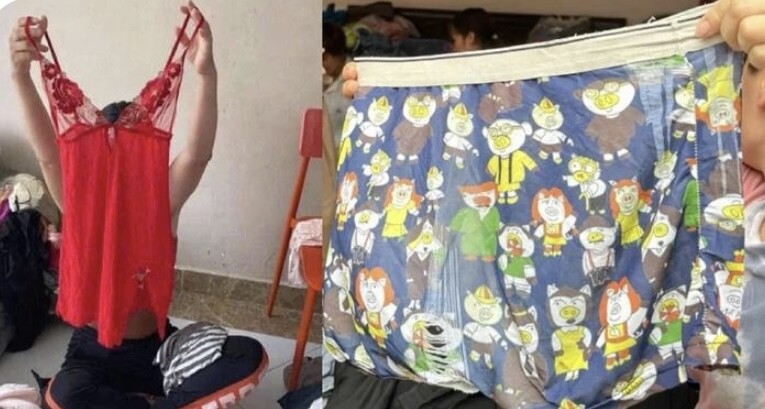
The large number of torn and unusable clothes sent to the northern provinces has caused frustration among the recipients.
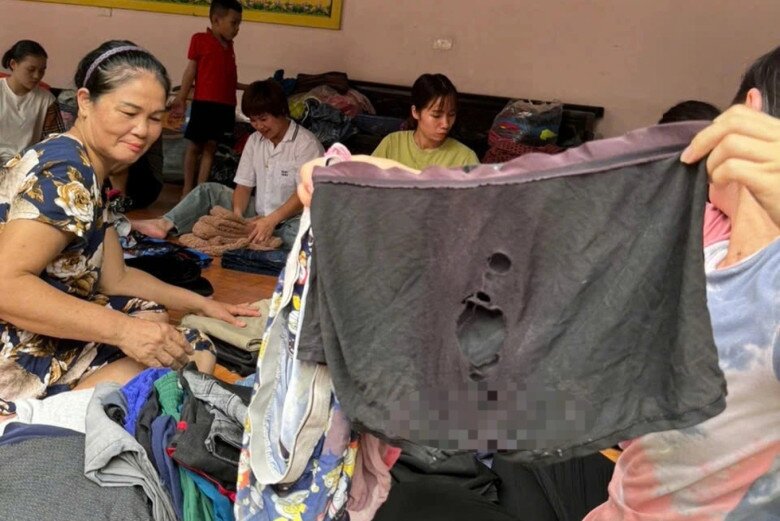
Receiving such donated clothes has left people with a bittersweet feeling.
Before donating, carefully consider the condition of the clothes.
1. Prioritize Warm and Insulating Fabrics
As we are all aware, the northern provinces of Vietnam experience cold weather, and the recent storms and floods have lowered the humidity in these areas. Therefore, when donating clothes, prioritize items made from fabrics like wool, cotton, fleece, and synthetic fibers that provide warmth and comfort.

Warm clothing will be greatly beneficial to the people in these regions during the stormy season.

Thin woolen sweaters are lightweight yet provide sufficient warmth.
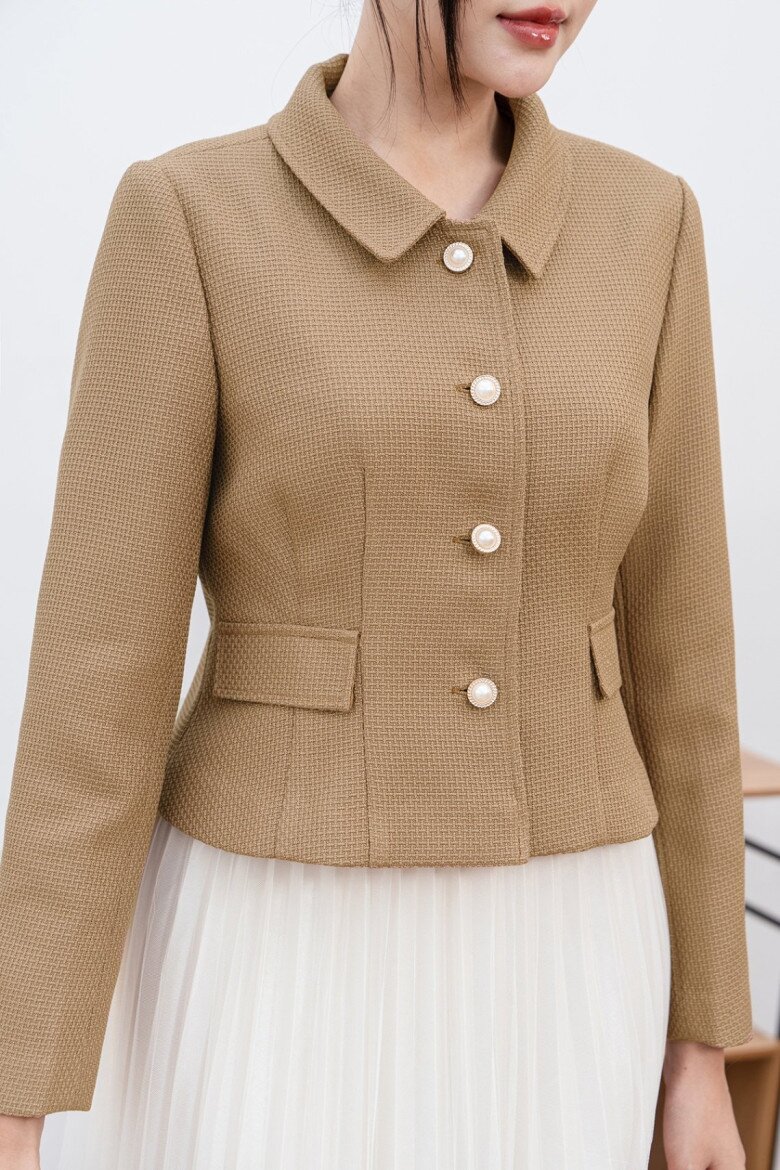
Tweed is another excellent fabric choice, known for its durability and warmth. Clothes made from tweed tend to have a long lifespan and are less prone to damage even with extended use.
2. Pay Attention to Style and Design
When selecting clothes for donation, it’s essential to consider the style and design. Avoid donating items like tank tops, crop tops, shorts, or revealing clothing, which are unsuitable for the cold weather in the northern provinces after the storms and floods. Instead, opt for basic t-shirts, long and short-sleeved shirts, and sports or fleece pants.
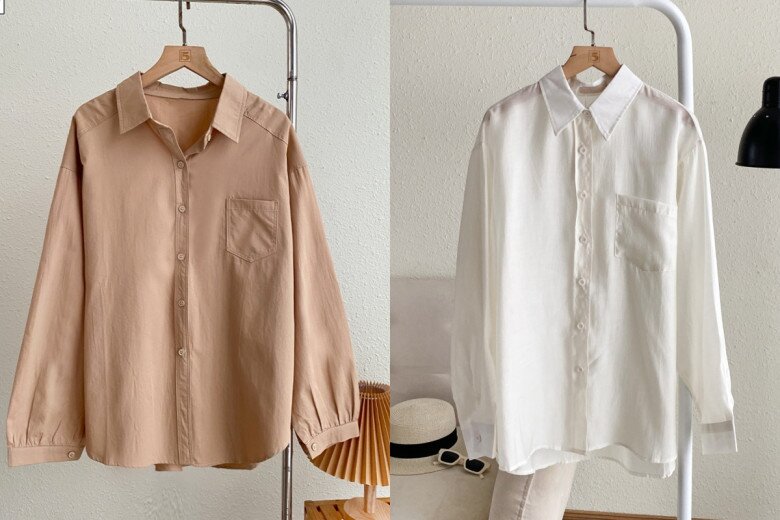
Long-sleeved shirts provide better coverage and protection from the elements.
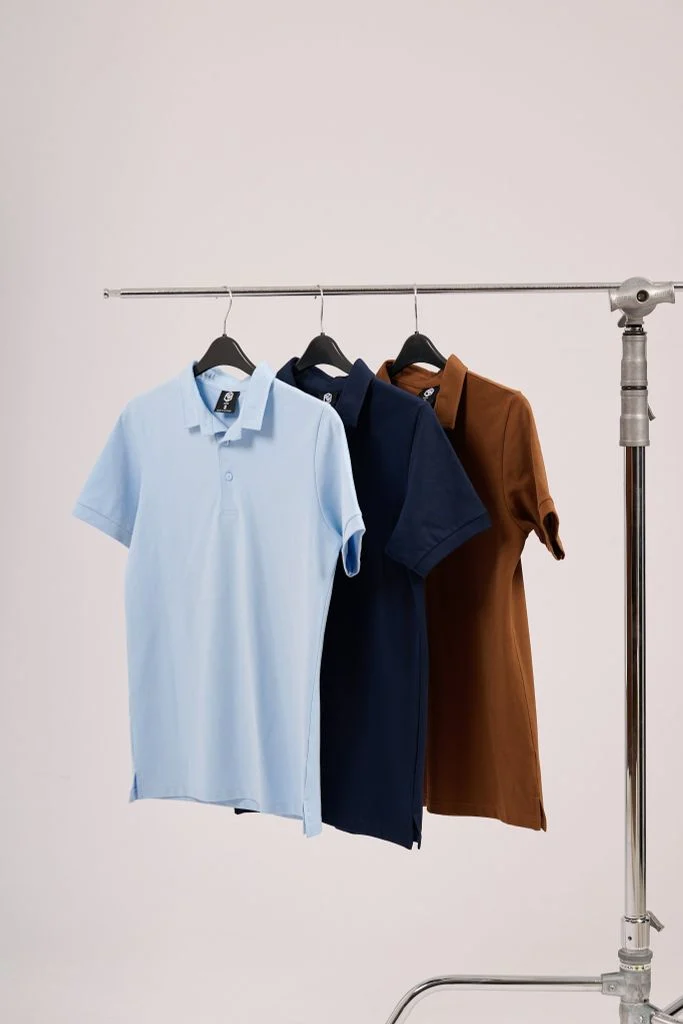
T-shirts and polo shirts with collars are also good choices as they provide warmth and are suitable for various occasions.
These versatile styles are easy to put on and take off and are suitable for people of all ages, making distribution more accessible.
3. Avoid Donating Sleepwear and Formal Attire
When donating clothes, refrain from including sleepwear and lingerie, as these are highly personal and private items. Additionally, avoid sending formal attire like ball gowns or sequined dresses, as they are not practical for the current situation in the northern provinces, where people are dealing with the aftermath of floods and mud.
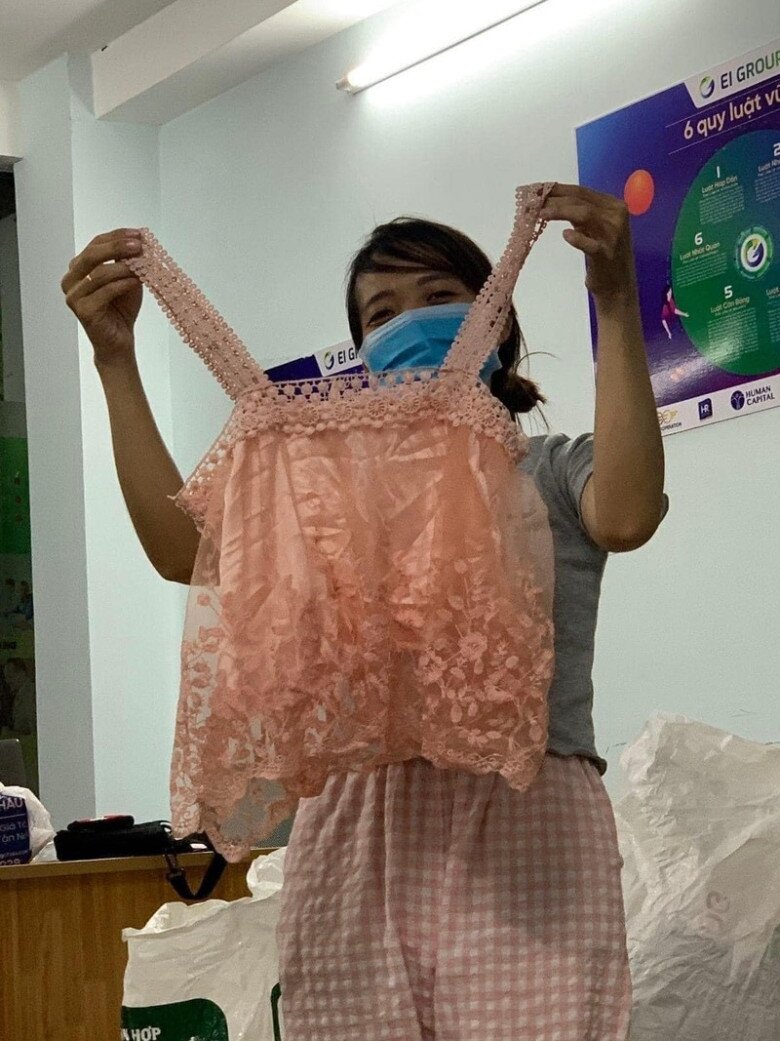
Tank tops are not suitable for donation as they do not provide enough warmth.
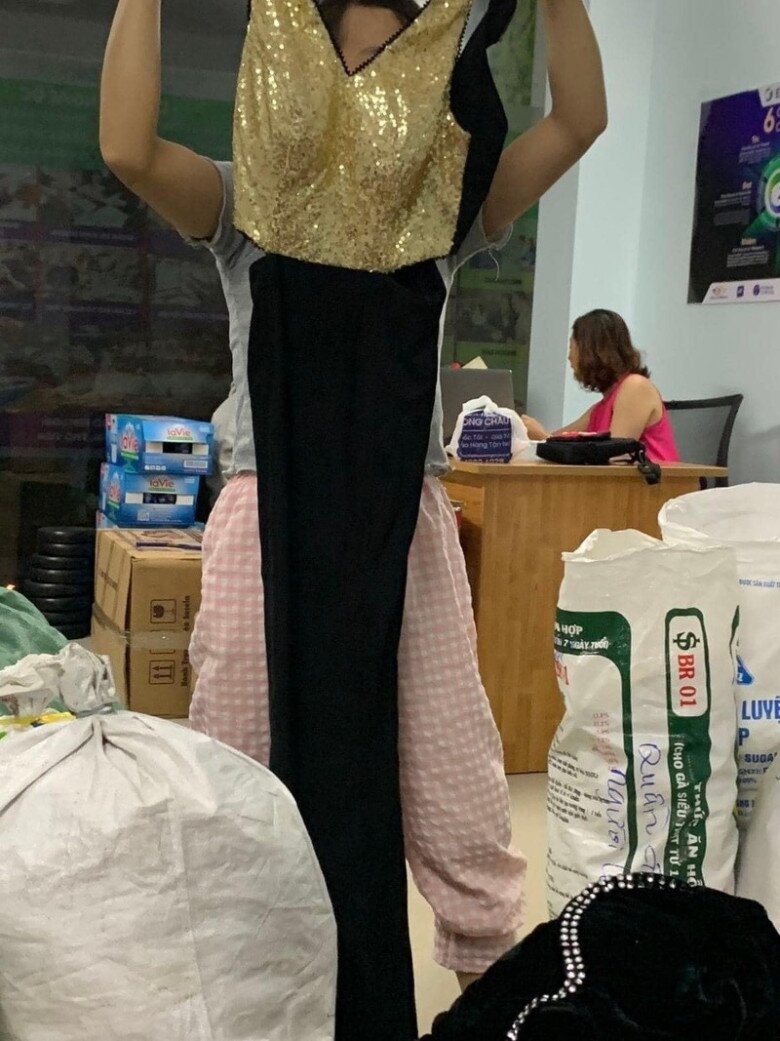
Mermaid-style evening gowns are not practical for the current situation in the flood-affected areas.

Transparent and strapless dresses do not provide warmth and can be uncomfortable to wear.

Sequin dresses are more suitable for parties than for everyday use in the northern provinces.
Sleepwear and formal attire are not only impractical but also challenging to transport and can make the recipients feel uncomfortable.
4. Donate Wearable and Usable Clothes
When donating clothes, ensure that they are still in usable condition. It is unacceptable to give away heavily damaged or excessively worn-out garments. Torn and tattered clothes are of no value to the recipients.

Donating a torn and ruined skirt is pointless as it has no value or use.
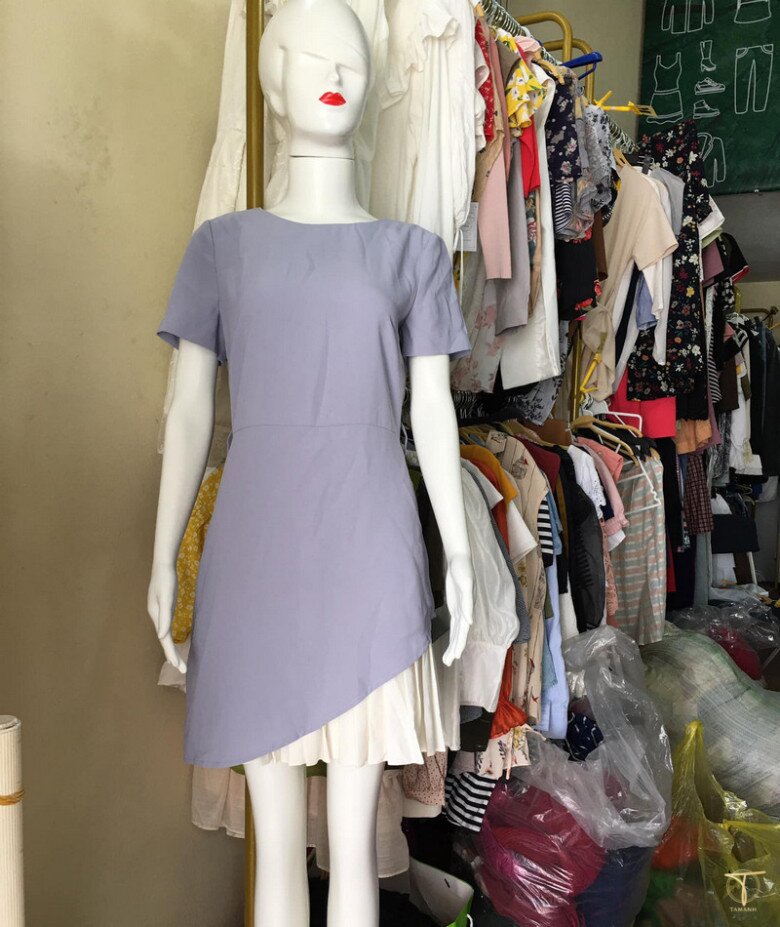
On the other hand, these sets of clothes are highly applicable and more suitable. The most important thing to remember when donating clothes is to ensure they are intact and usable.
The saying, “It’s the thought that counts,” rings true in this context. Let’s be mindful and considerate when donating to our fellow citizens in the north. Every piece of clothing we give should embody our empathy, compassion, and willingness to help.
The Central Heritage Rail Journey: Aboard the Hue to Danang Train
Tourists visiting Hue and Danang now have an exciting new transport option with the launch of the ‘Central Heritage Connect’ tourist train. This new train service offers a unique and fascinating way to explore the rich cultural heritage of Central Vietnam. With this new addition, visitors can now easily travel between these two wonderful cities and discover the hidden gems that lie within. So, get planning your itinerary and embark on a journey of discovery!



































